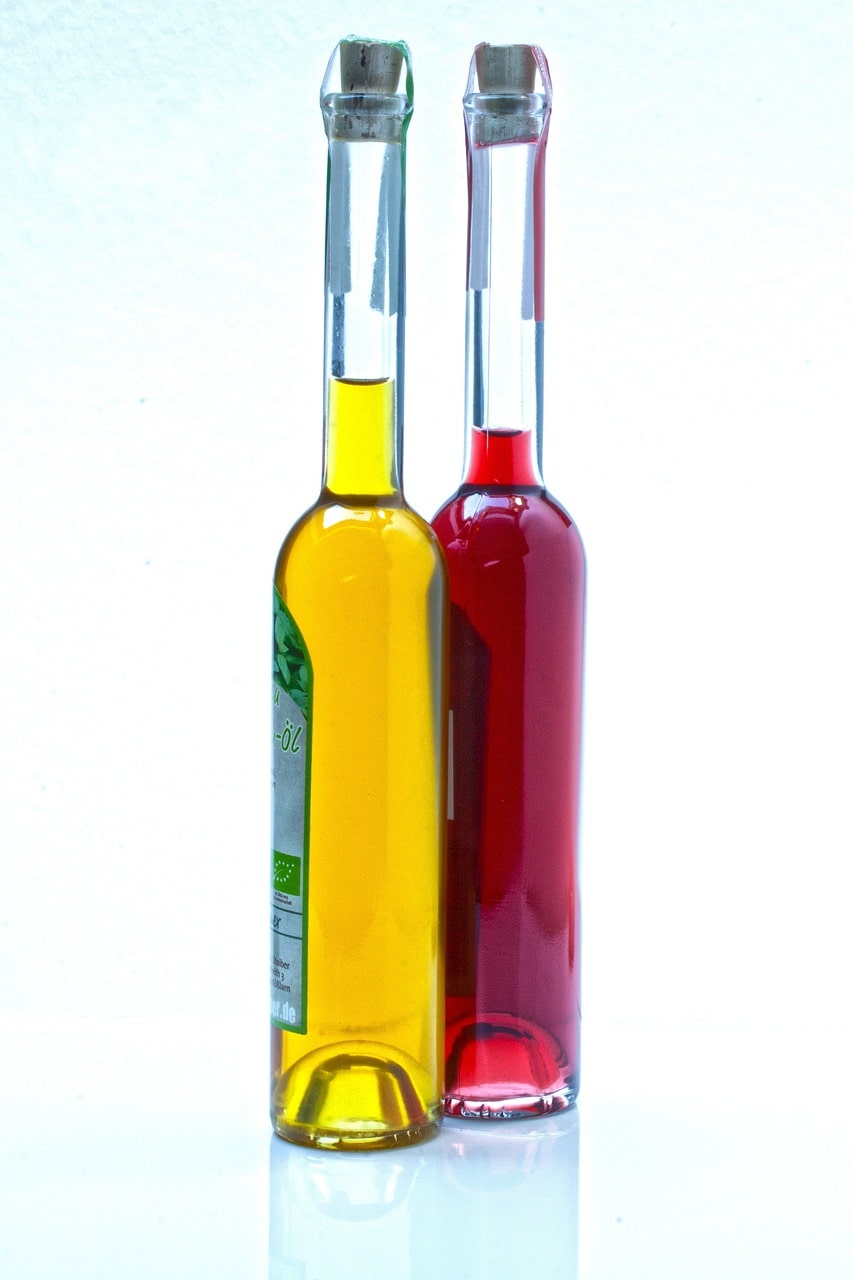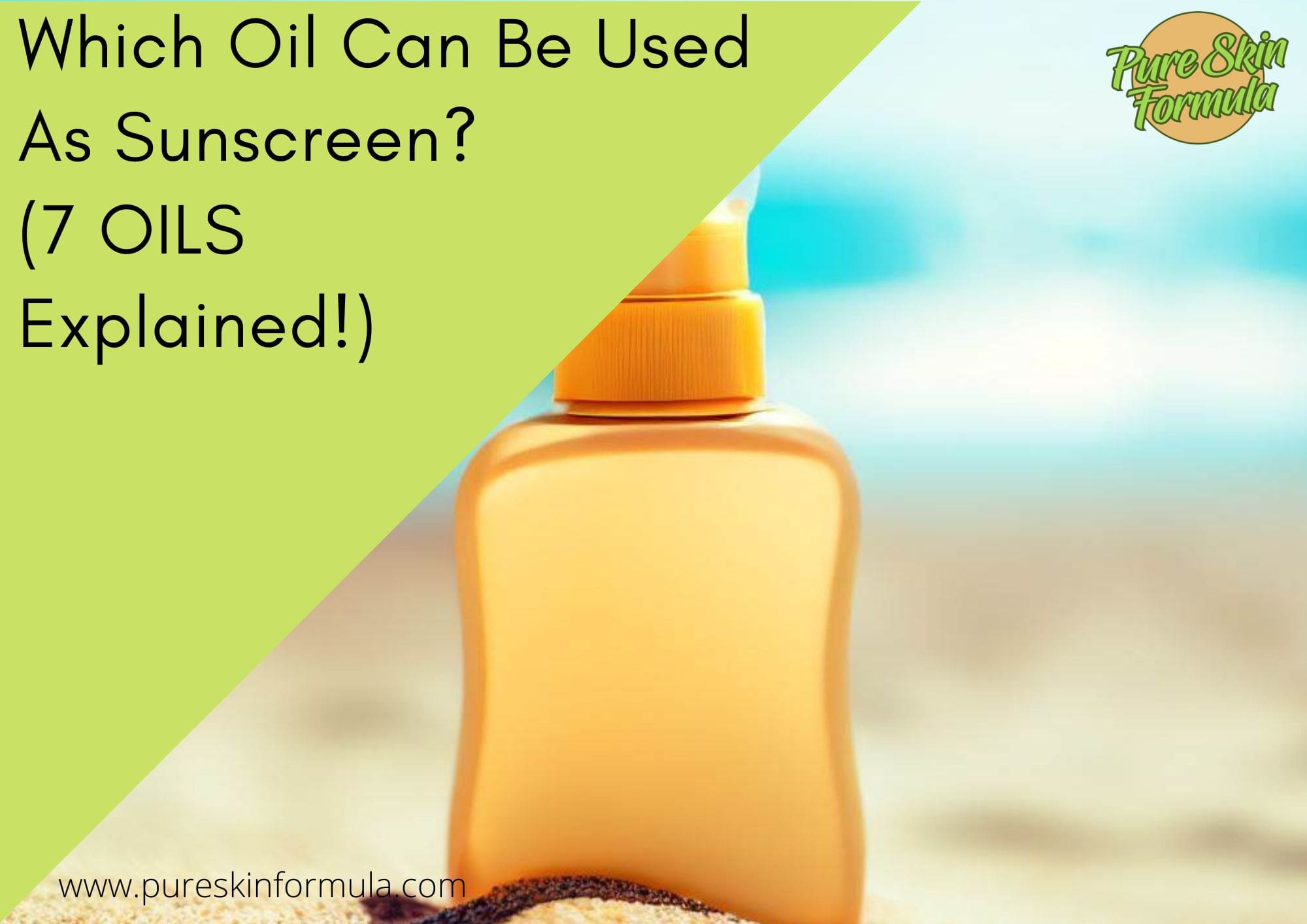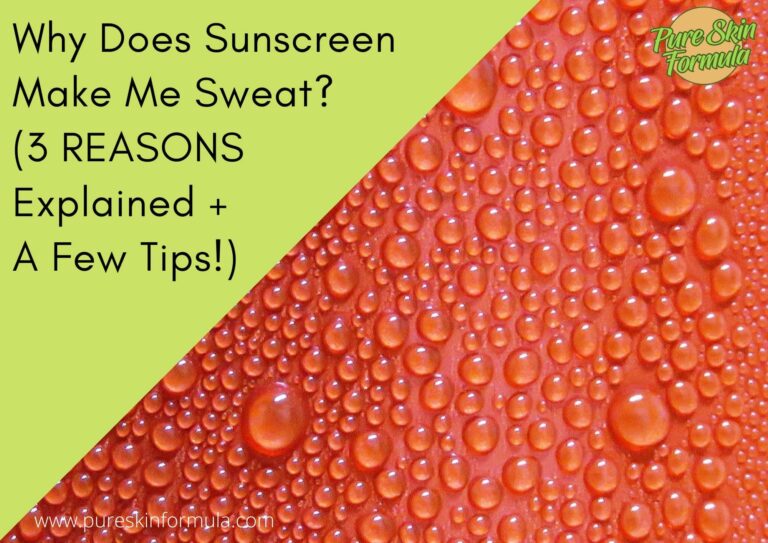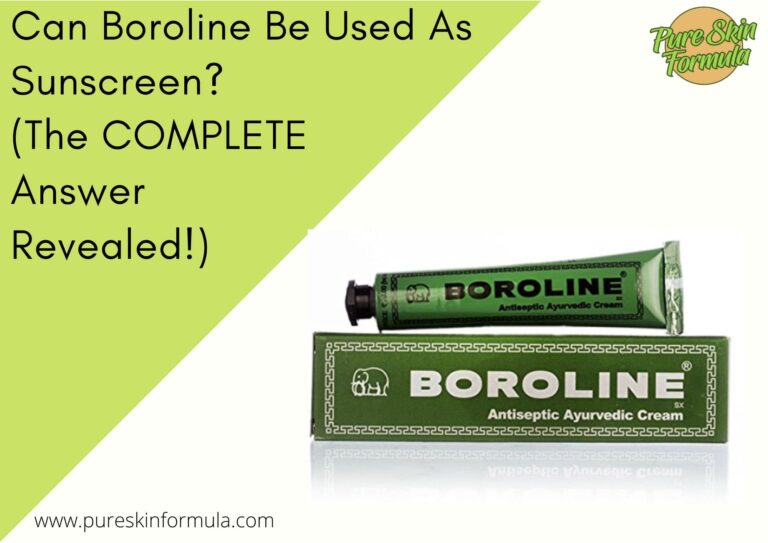Hello, sun seekers and skincare enthusiasts! Are you on a quest to discover the ultimate natural sun protection? Using sunscreen is the best possible option. But what about oils?
This fascinating topic has sparked the curiosity of many who seek a more holistic approach to shielding their skin from the sun’s relentless rays. This comprehensive guide delves into oils that possess some sun-shielding properties.
Get ready to uncover the hidden secrets of oils as I explore their unique SPF values and natural defenses.
Let’s begin the journey.
Which oil can be used as sunscreen?
There is no single oil that can be considered a full-scale sunscreen. Nonetheless, here is a list of seven oils with natural sun protection properties.
The SPF values mentioned below are not based on rigorous scientific research but on evidence from experts and skin care influencers who quote sporadic studies. Take them with a pinch of salt.
- Carrot seed oil is known for its high SPF value and is rich in antioxidants that can help protect the skin from sun damage.
- Red raspberry seed oil has a natural SPF of around 25-50 and contains antioxidants that can help neutralize free radicals caused by UV radiation.
- Wheat germ oil has a natural SPF of around 20 and is rich in vitamin E, which can provide some protection against sun damage.
- While coconut oil has a lower SPF of around 4-10, it can still provide minimal sun protection and moisturizes the skin.
- Jojoba oil has a low natural SPF of around 4 and is known for its moisturizing and soothing properties on the skin.
- Almond oil has a natural SPF of around 4-5 and is often used in natural sunscreen formulations for its moisturizing benefits.
- Olive oil has a low natural SPF of around 2-8 and can provide some protection against the sun’s harmful rays. However, it is best used in combination with other oils or ingredients.
Combining oil application with other sun protection measures, such as seeking shade, wearing protective clothing, and using a broad-spectrum sunscreen with a high SPF, is crucial.
Let’s delve into the topic.
Debunking myths about oils as sunscreen
Many believe that oils alone can protect against the sun’s harmful UV rays. Indeed, they provide a natural barrier and can help to absorb or scatter UV rays to some extent, but they do not offer the same broad-spectrum protection as commercial sunscreens.
What is the difference between using just oils versus oils as an ingredient in homemade sunscreen?
Using oils alone, such as applying coconut or olive oil directly to the skin, may offer minimal sun protection. However, this level can vary significantly depending on factors like the oil’s SPF value and your skin type.
On the other hand, oils can be used as ingredients in homemade sunscreen formulations. When combined with other ingredients like zinc oxide or titanium dioxide, oils can enhance the sun protection properties of homemade sunscreen.

How important is SPF?
SPF, or Sun Protection Factor, measures how well a sunscreen or oil can protect the skin against UVB rays, primarily responsible for sunburn. Some oils, like carrot seed oil or red raspberry seed oil, have higher natural SPF values and can offer better protection.
The exact SPF value of oils can vary, and they may not provide adequate protection against UVA rays, which contribute to skin aging and can cause skin cancer.
OK. Let’s talk about the power of oils in more detail.
Natural oils with sunscreen properties
Carrot seed oil is one of the standout oils known for its sunscreen properties. It contains carotenoids like beta-carotene, which provide natural SPF. Red raspberry seed oil is another oil that offers some sun protection.
It contains antioxidants and polyphenols that act as natural sun filters. Wheat germ oil, rich in vitamin E, can also provide sun protection due to its antioxidant properties.
How effective are oils in blocking UV rays?
I have already mentioned that there is no single and straightforward answer to this question. There are different opinions on the topic.
Still, there is some evidence that carrot seed oil, for instance, boasts an impressive natural SPF of around 30-40, providing moderate protection. Red raspberry seed oil falls in a similar range, with an estimated SPF of 25-50.
Wheat germ oil, on the other hand, has a lower SPF of around 20. These SPF values indicate the oils’ ability to block UVB rays and protect against sunburn.
Using them in combination with other measures, such as seeking shade, wearing protective clothing, and using a broad-spectrum sunscreen with a high SPF is good. Everyone’s skin is unique, so finding the right balance and level of protection may require some experimentation.

Enhancing sun protection with oil combinations
So, combining different oils can create a synergistic effect, increasing their effectiveness in shielding your skin from the sun. It’s like making a personalized sunscreen blend tailored to your specific needs. Let’s delve into this concept further.
To achieve a broader spectrum of sun protection, consider blending oils with different SPF values and properties. For example, you can combine carrot seed oil, known for its high SPF, with red raspberry seed oil, which offers sun protection and antioxidant benefits.
This combination can provide a more comprehensive shield against UVA and UVB rays. Experimenting with various oil combinations allows you to tap into their unique properties and create a well-rounded defense against sun damage.
What about DIY recipes?
If you’re feeling adventurous, make your homemade sunscreen using natural oils. Approach this cautiously and follow reliable recipes to ensure adequate sun protection. One DIY recipe involves blending zinc oxide or titanium dioxide (which provides physical sunblock) with oils like coconut, almond, or shea butter.
These oils not only add moisturizing properties but also enhance the spreadability of the sunscreen. Creating homemade sunscreen requires precision in measurements and proper handling to maintain the desired level of sun protection.
While DIY sunscreen can be a fun and cost-effective option, it may have a different stability and efficacy than commercially available sunscreens. You can consult a dermatologist or skincare professional for guidance and to ensure you use the right ingredients and techniques.
Factors to consider when using oils for sunscreen

When using oils for sunscreen, your skin type plays a crucial role in determining their effectiveness. Some oils may be better suited for specific skin types than others. For example, if you have dry or normal skin, oils can provide moisturizing benefits while offering some sun protection.
However, using oils alone may feel heavy or contribute to breakouts if you have oily or acne-prone skin. Consider your skin type and choose oils that suit your needs.
Remember that oils can rub off or be absorbed by the skin more quickly, reducing their longevity as a sunscreen.
Oils can wear off or get wiped away, mainly through sweat or water exposure. Reapply oils frequently, ideally every two hours or more often if needed, to maintain consistent sun protection.
To wrap it up
The world of oils as sunscreens offers a treasure trove of natural protection for your skin. While oils alone may not provide the same level of broad-spectrum defense as commercial sunscreens, they can still be valuable allies in your sun protection arsenal.
From carrot seed oil with moderate SPF value to red raspberry seed oil and wheat germ oil, these natural wonders offer unique properties that can enhance your skin’s resilience against the sun’s harmful rays.
Finding the right oil for your skin type and needs is key, and combining oils with other sun protection practices is highly recommended. Embrace the power of oils and bask in the glow of sun-safe skin all year round.
Thank you for reading!
Valeria







